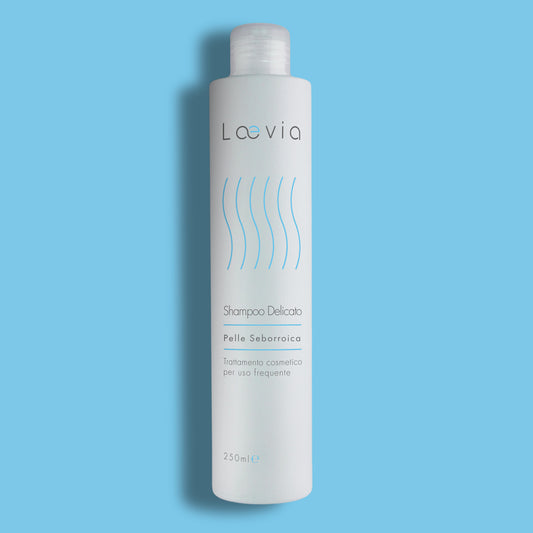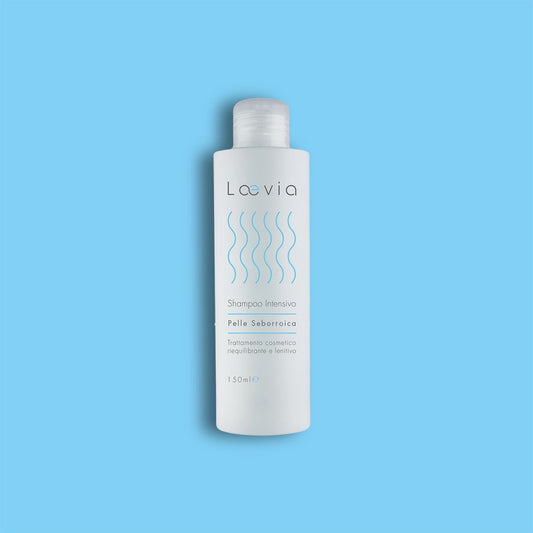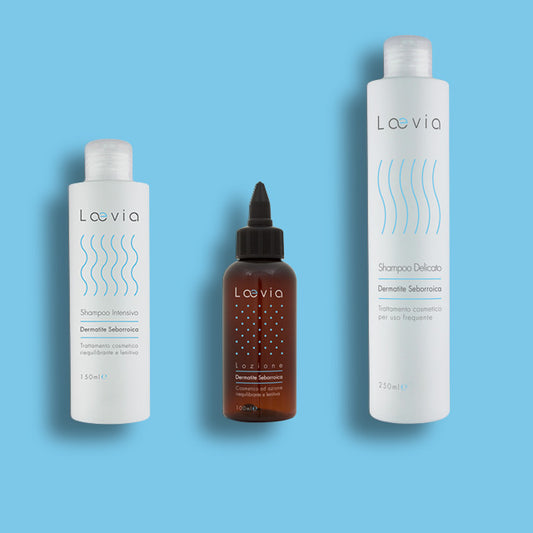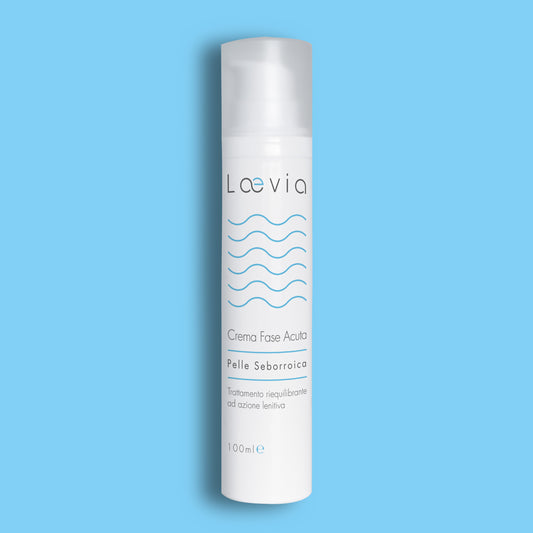Stress and skin disorders go hand in hand in a difficult coexistence. But which came first, stress or seborrheic dermatitis?
Seborrheic dermatitis is a 'stressful' disorder of the skin and scalp. Not only because the typical manifestations of the disease such as scaling, itching, burning, yellowish crusts and redness can appear or worsen due to strong periods of physical and psychological stress. Seborrheic dermatitis, in fact, can affect other important aspects of everyday life and in turn become a source of further stress.
SEBORRHOEIC DERMATITIS, STRESS AND NATURAL DEFENSES: A VICIOUS CIRCLE
It is not yet clear whether stress is the trigger or the consequence in the process that leads to the development and/or worsening of seborrheic dermatitis. Whatever the cause/effect or consequential relationship, or whatever the nature of the stress, physical or psychological, the consequence remains only one: the lowering of the body's natural defenses. When the body loses its natural defenses, it is more exposed to attack by viruses and bacteria with an increase in inflammation and the risk of incurring diseases such as seborrheic dermatitis. Several scientific studies, in fact, have shown that intense anxiety and stress make the body more vulnerable to the attack of Malassezia Furfur, the fungus responsible for the appearance of seborrheic dermatitis and the symptoms affecting the skin and scalp.
SLEEP IS ALSO UNDER STRESS
The association of seborrheic dermatitis and stress does not only have repercussions on the skin and scalp but can lead to other disorders that affect the quality of life. The itching and burning due to the presence of the lesions can cause sleep disturbances, such as difficulty falling asleep or sleeping well which causes lack of concentration, drowsiness and decreased school or work performance during the day. Physical tiredness, in turn, can lead to a general weakening of the body's defenses which, as in a vicious circle, can further worsen the symptoms of seborrheic dermatitis.

LET'S CONTINUE STRESS AND RELAX SKIN
According to experts, there are two ways to break the vicious circle between stress and seborrheic dermatitis:
- First of all, we must take care of skin care, resorting to the use of adequate and specific treatments with a hydrating, emollient and soothing action. The reduction of the visible symptoms of seborrheic dermatitis, such as redness, yellowish crusts, dandruff will also bring significant benefits to the stress caused by the psychological component caused by the disease.
- Then, you can act on your lifestyle by trying to ward off any situation, emotion or thought that can generate strong tension and limiting periods of physical fatigue that can weigh on the health of your skin.
The stress relief action, however, must be carried out gradually because an organism accustomed to supporting stressful commitments and rhythms cannot stop suddenly. It is therefore good to progressively slow down the pace of the week, planning well and without getting caught up in the rush. In fact, haste is often the cause of poor organizational management, of an incorrect evaluation of the objectives to be achieved or of one's physical and mental resources, all errors that can increase levels of tension and stress. Experts suggest preparing a daily and/or weekly schedule with commitments to be completed by a set date, scaling the speed of daily life from fifth to third gear. When all the commitments are lined up, the stress and symptoms of seborrheic dermatitis will also begin to slow down.





